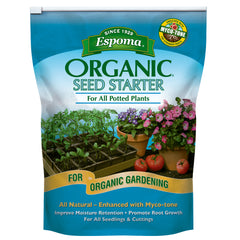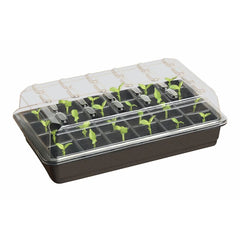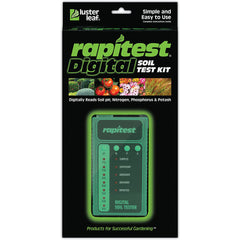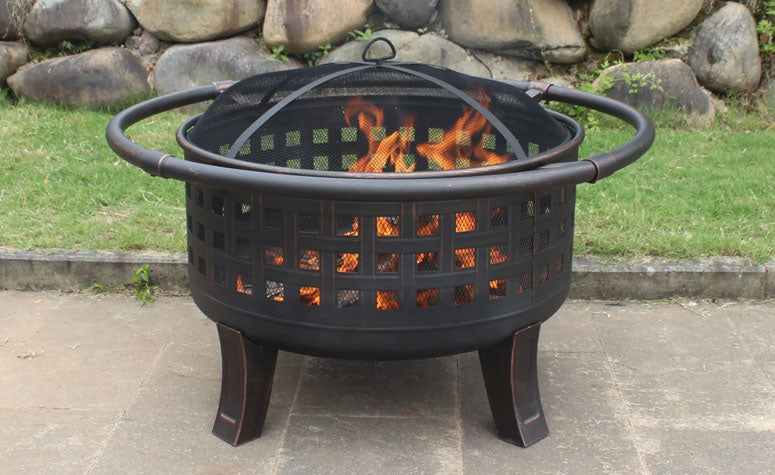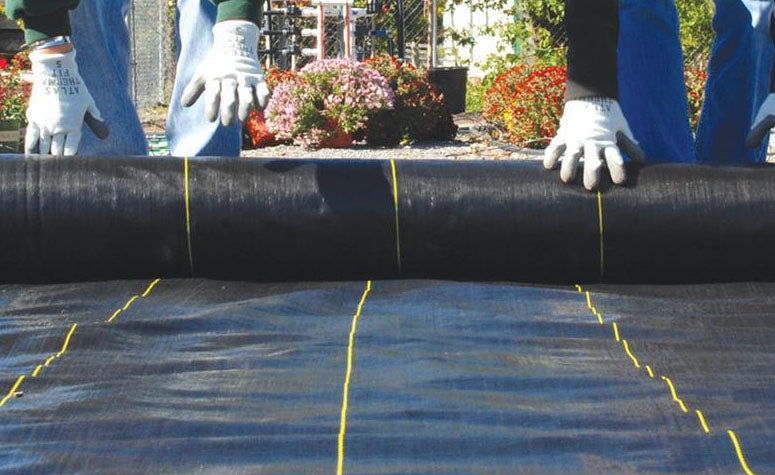Regularly caring for chives will give them the fresh aroma and subtle flavor you live in a high yield. Full sun is best; although you can get away with light shade, especially in hot weather, the plants won’t look as good or be as productive. Likewise, while established chives are drought-tolerant, you should still try to keep the soil consistently moist. Mulching will let you water less frequently. As a cool-season herb, they grow best in temperatures of 60-75 degrees.
A great reason to grow chives is that they rarely have pest issues and are disease-resistant. They can occasionally attract aphids, whiteflies and onion maggots, especially if planted near other plants these pests like. The main disease concern is root rot in overwatered or poorly draining soil.











